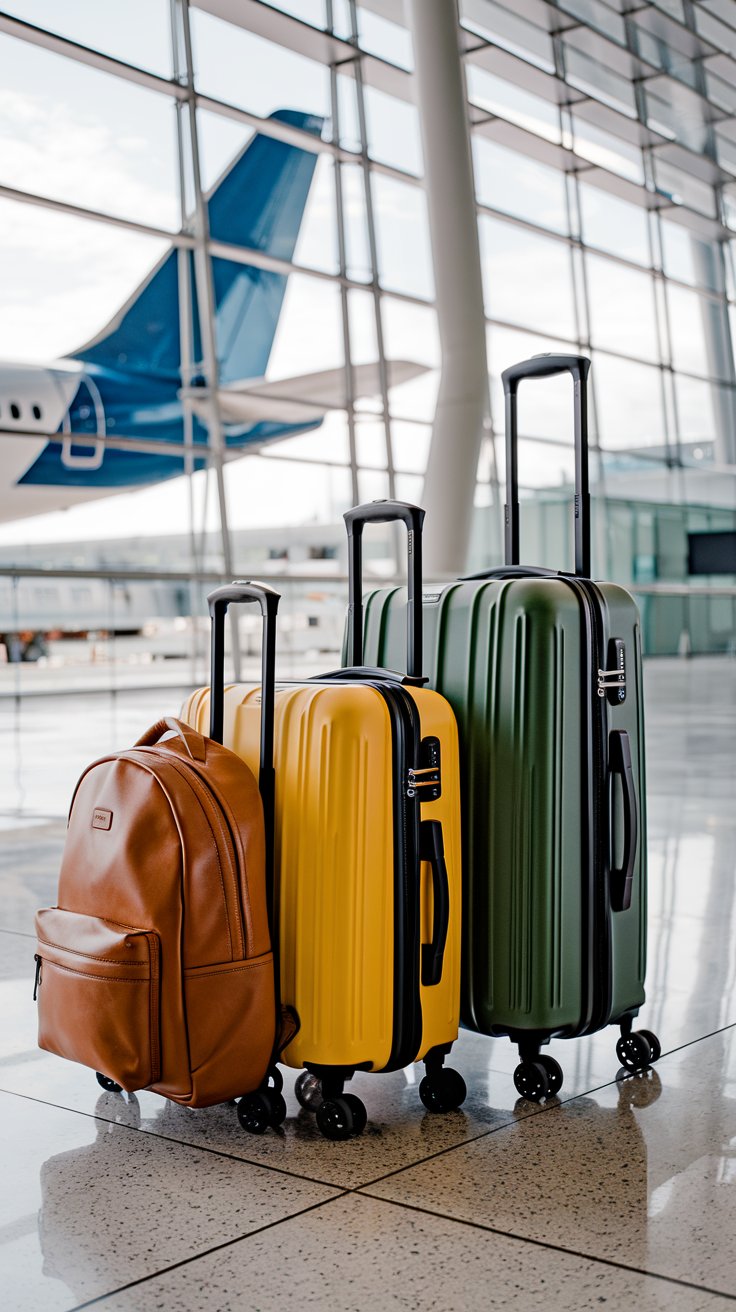Losing your luggage can be a nightmare that derails your entire trip. Instead of making new memories, you might find yourself stuck on the phone with airlines, desperately trying to track down your belongings. Worse yet, replacing essentials like clothes and gear can quickly add up, draining your travel budget.
The good news? Statistically speaking, the odds of your luggage getting lost are less than 1%. Still, why leave it to chance? With a few simple precautions, you can greatly reduce the risk. Here are the best tips to keep your luggage safe and ensure a stress-free journey.
Use a Sturdy Luggage Tag
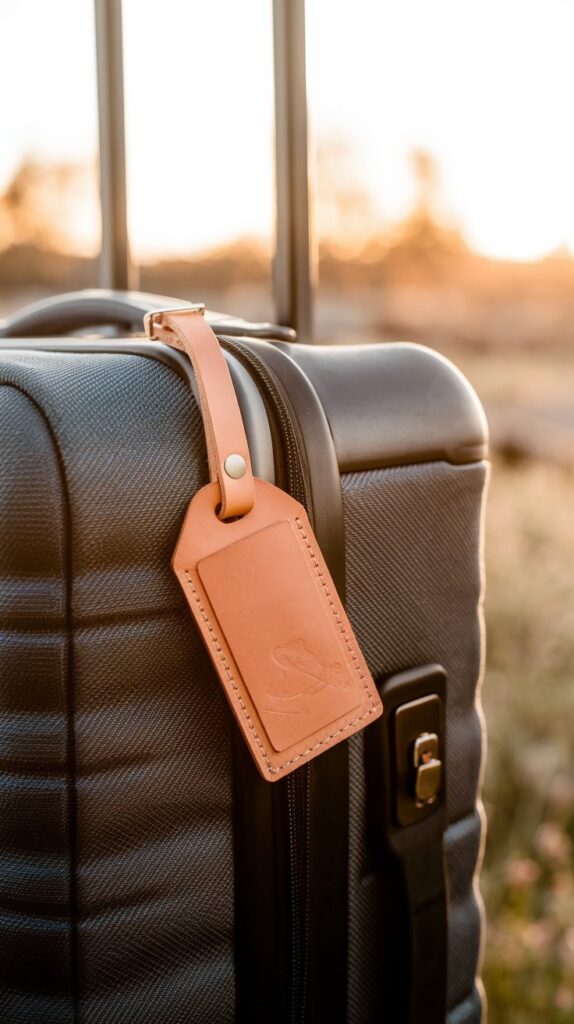
A luggage tag may seem basic, but it’s a vital tool for keeping your bag from vanishing into thin air. Invest in a strong, durable tag made from materials like rubber or leather that can withstand rough handling. Choose a bright color or unique design so your bag stands out at baggage claim, and make sure the tag has a clear window displaying your contact information.
Put Your Contact Details Inside the Bag Too

Even the toughest luggage tags can get torn off during transit. That’s why it’s smart to place a second set of contact details inside your bag. Write down your name, phone number, email, and travel itinerary on a piece of paper and tuck it inside. If your tag goes missing, airport staff will still have a way to identify and reunite you with your luggage.
Remove Old Tags Before You Fly
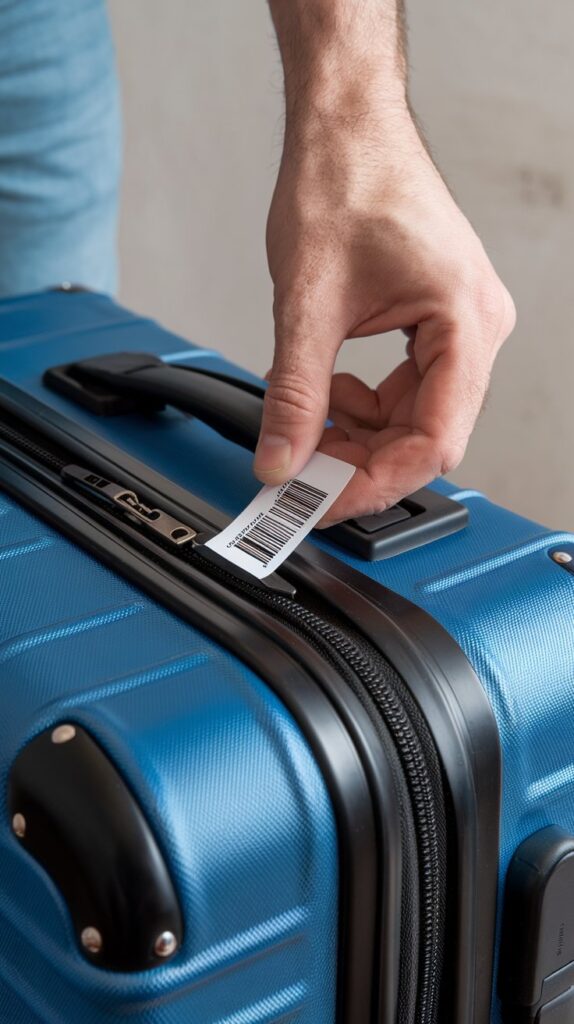
Old airline tags left on your luggage can cause serious confusion. If an outdated tag gets scanned by mistake, your bag could end up on the wrong flight. Before each trip, check your bags carefully and remove any old tags, stickers, or labels to avoid any mix-ups during scanning.
Check In Early
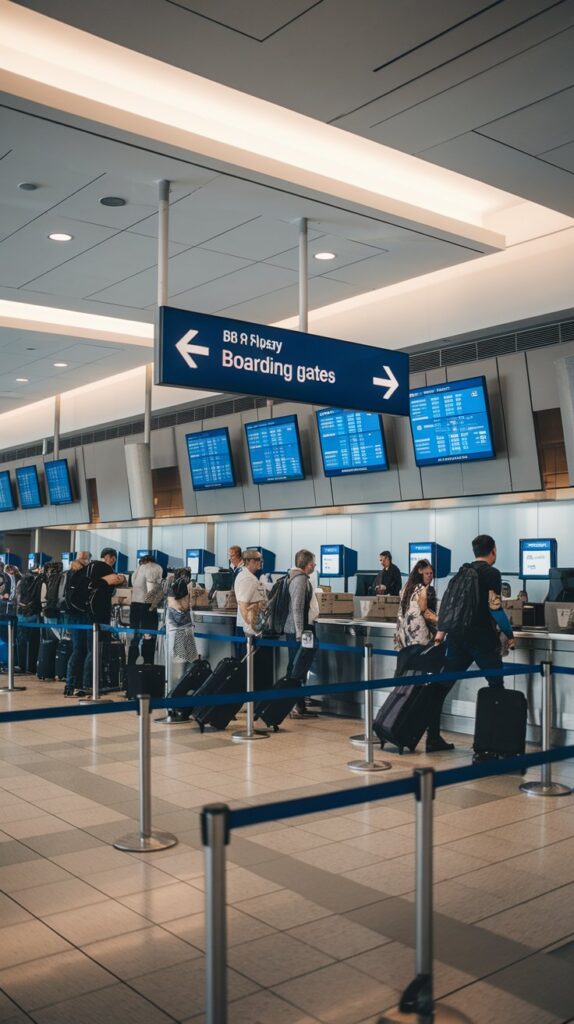
When you’re rushed, mistakes happen—and that includes luggage being mishandled. By checking your bags early, you give airline staff plenty of time to process and load your luggage properly. Late check-ins increase the risk of your bag not making it onto your flight, especially during busy travel periods.
Fly Nonstop or Plan for a Longer Connection
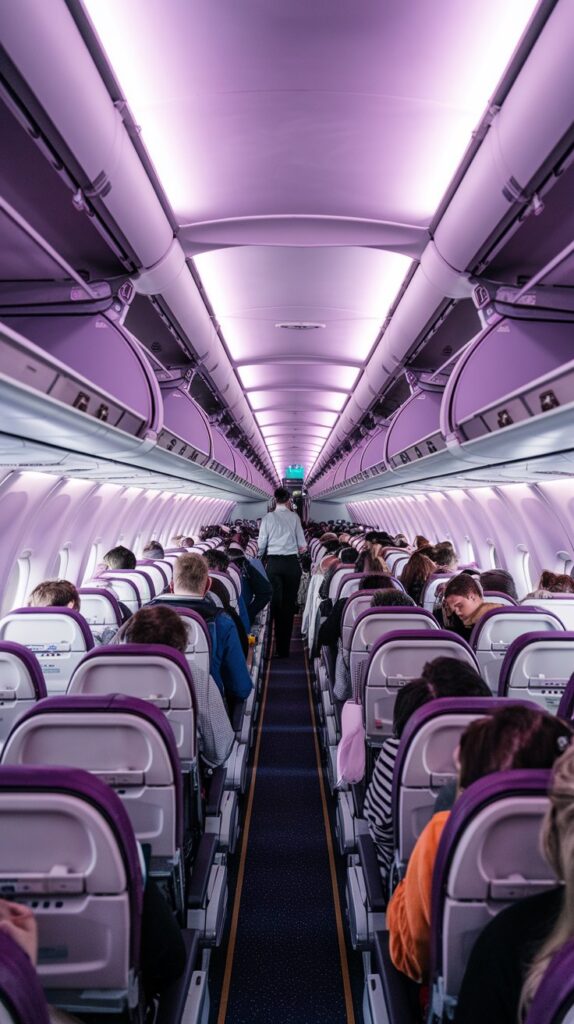
Every time your luggage is transferred between flights, there’s a chance it could get lost. Flying nonstop whenever possible is the best way to minimize this risk. If a direct flight isn’t available, opt for a layover with at least an hour’s buffer time. Shorter connections might not give airport workers enough time to transfer your luggage, especially at larger airports.
Add an Apple AirTag for Peace of Mind
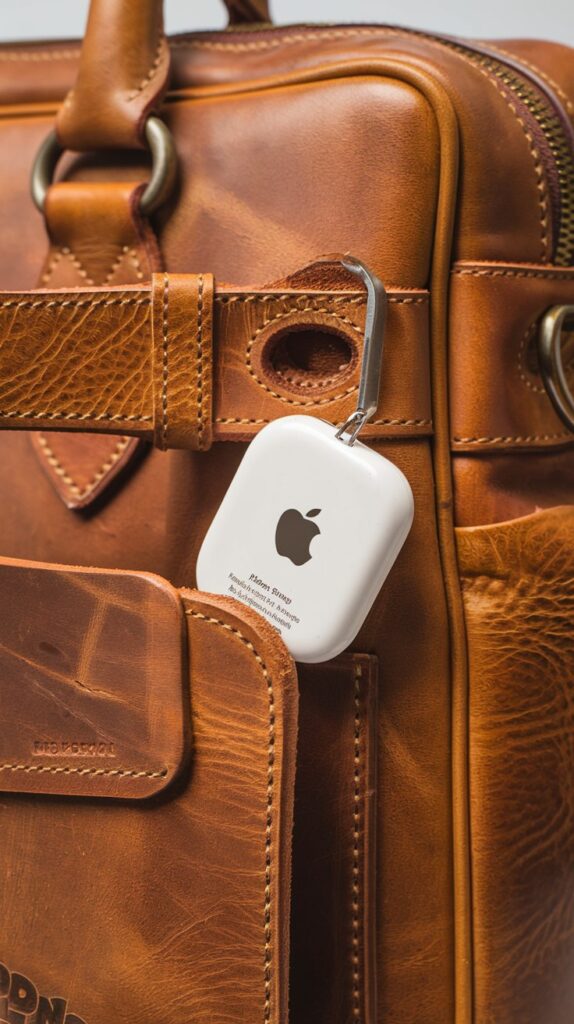
Technology can be a traveler’s best friend. Attaching an Apple AirTag to your luggage allows you to track your bag’s location in real-time through your phone. If your bag goes missing, you can quickly pinpoint its last known location. Plus, the “Notify When Found” feature allows other iPhone users to help you locate it anonymously—giving you a huge advantage if your bag gets misplaced.
Secure Loose Straps and Dangling Items
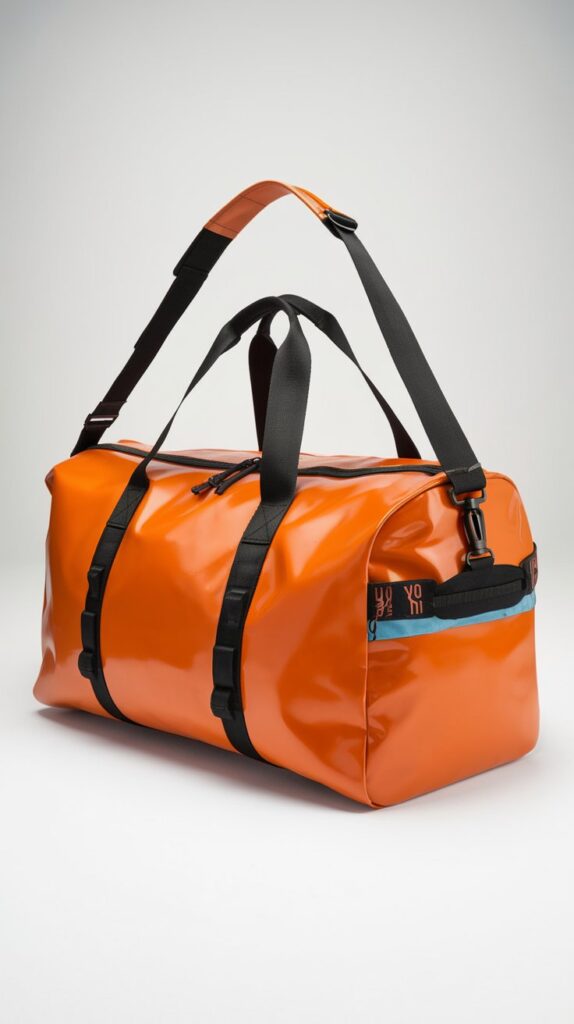
Loose straps are a major hazard for bags moving through conveyor belts. They can snag on machinery, tear, or even pull your bag off course. To avoid this, secure all straps tightly before checking in your luggage. If you’re traveling with backpacks, tuck waist and chest straps inside the bag or tie them neatly to prevent snags.
Make Your Bag Stand Out
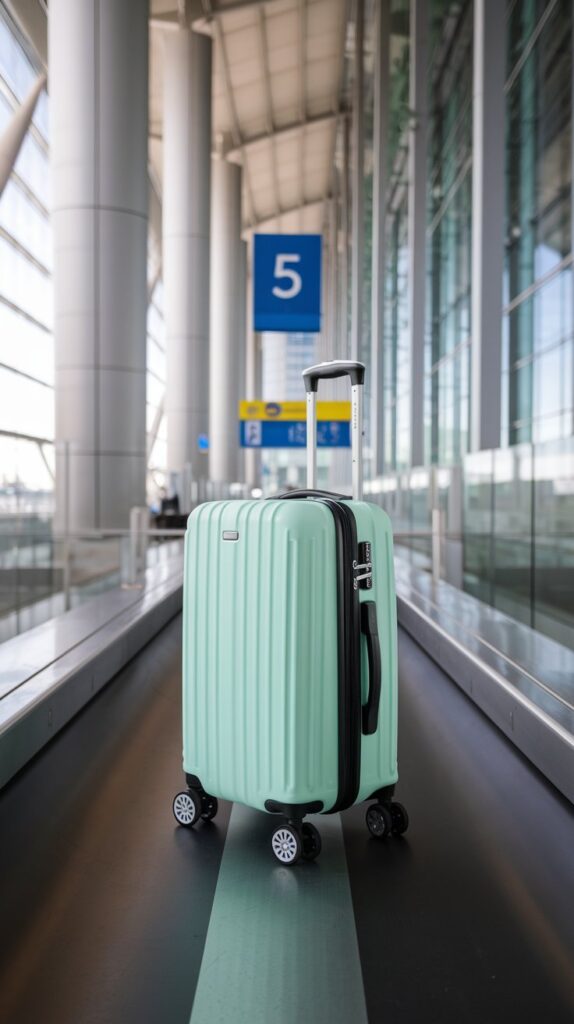
Most suitcases look the same—especially the endless rows of plain black ones. Make yours easy to spot by choosing bright colors, unique patterns, or even adding fun stickers or colorful ribbons. A distinct bag not only helps you spot it faster at baggage claim but also makes it less likely that someone else will grab it by mistake.
Ship Your Luggage Instead

If you’re carrying valuable, bulky, or irreplaceable items and want extra insurance, consider skipping the airline altogether and shipping your luggage to your destination. Shipping companies offer reliable tracking and often provide better compensation than airlines if something goes wrong. This method is particularly useful for sports equipment, work gear, or special event outfits you can’t risk losing.

